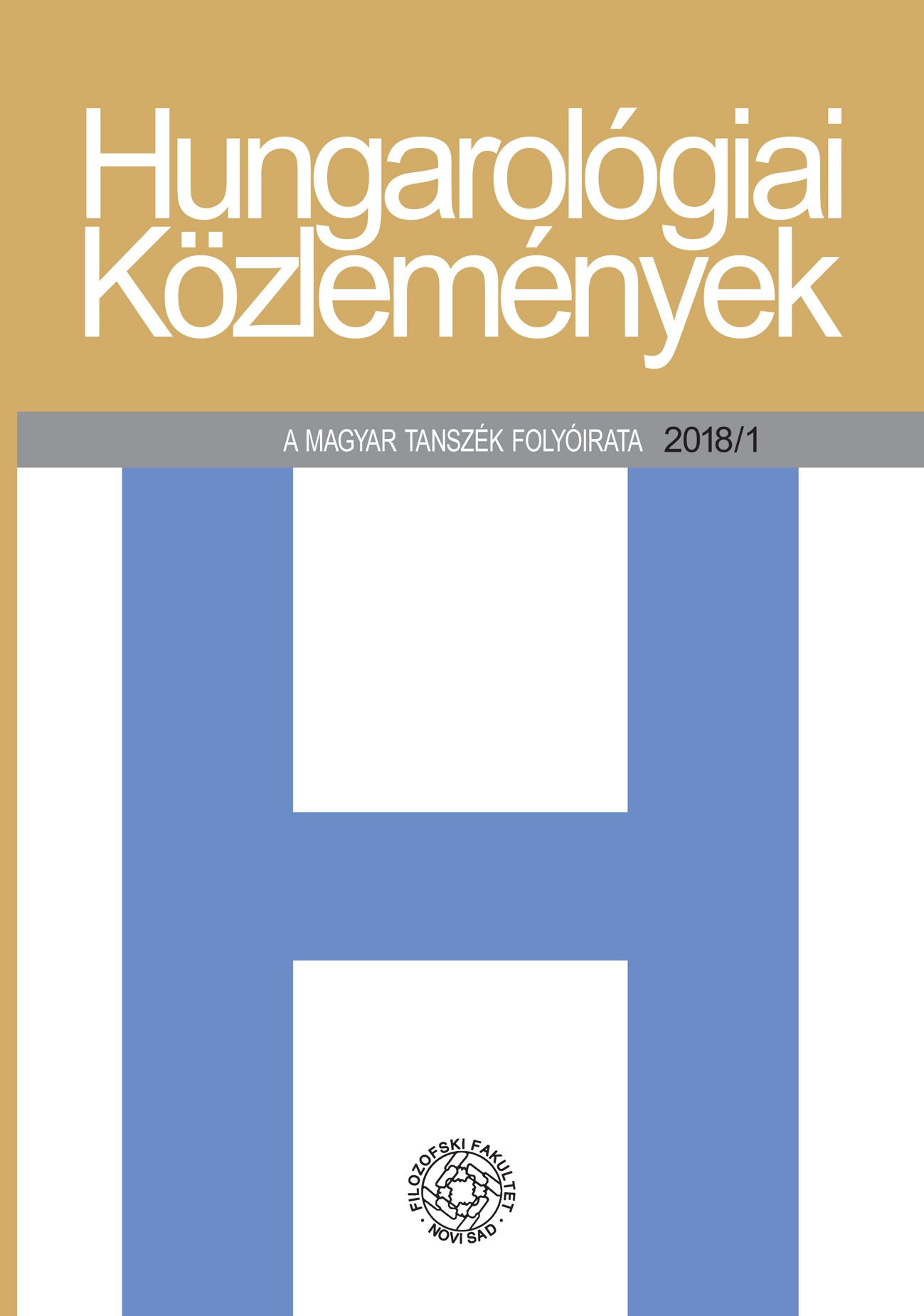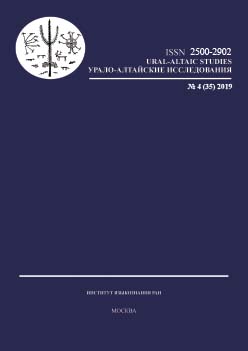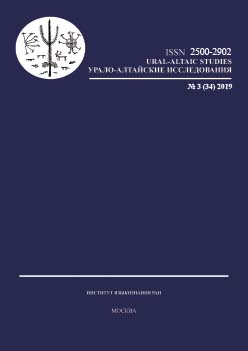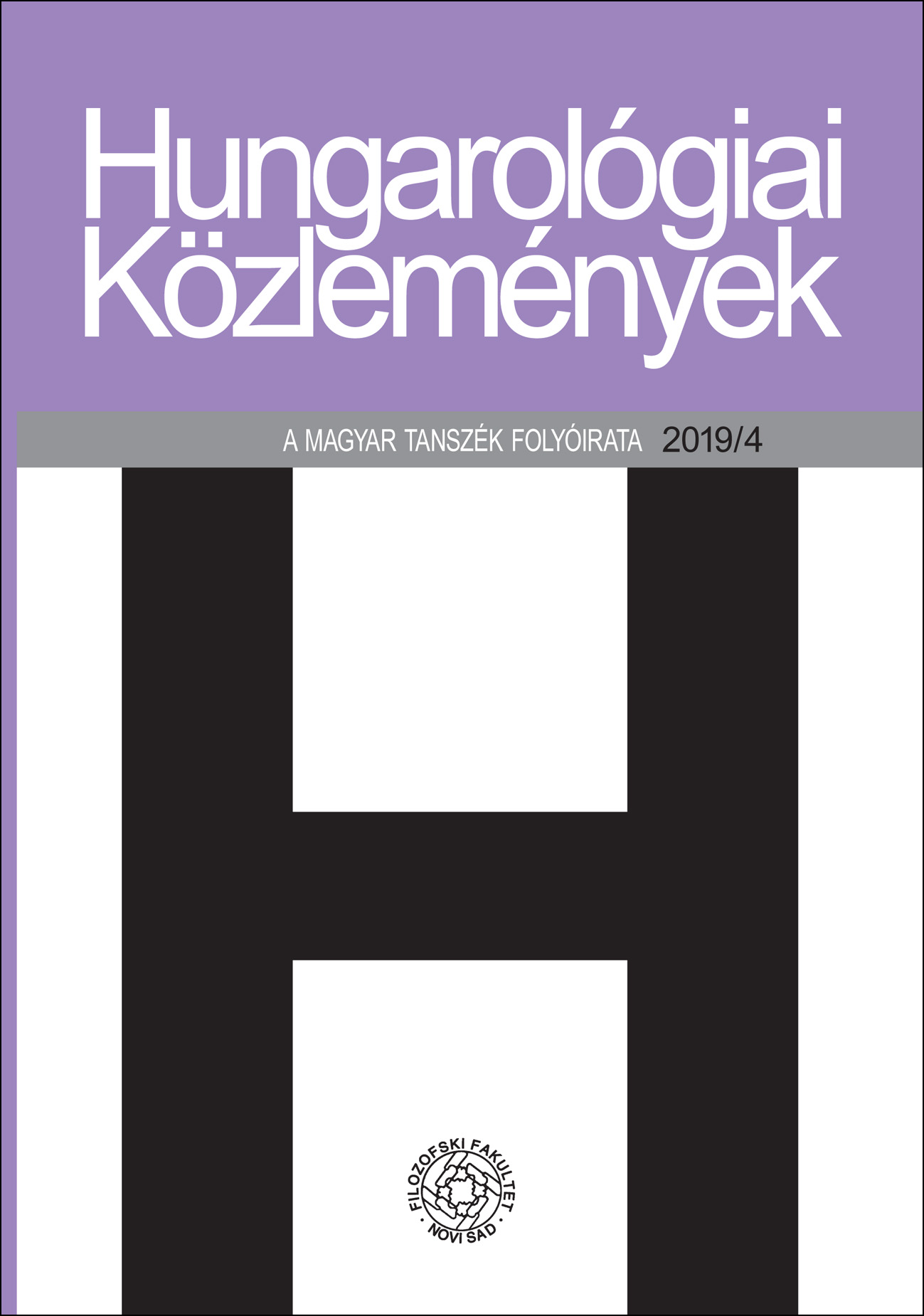Названия травянистого растения колокольчик (Campanula) в удмуртских диалектах
The Udmurt dialectal names of a bellflower (Campanula) are discussed. The areal distribution of the bellflower names is outlined, their derivational structure is analyzed, the etymological characteristics of their components are given and the basic naming principles are defined. There are many disyllabic words used as components of the bellflower names in Udmurt dialects. The most productive pattern of word-formation is ”noun + noun”. These words have mainly been formed on native basis. All of them date from the period of independent development of the Udmurt language. The dialectal variants of the words ku̯akagi̮rli̮ and gi̮rli̮śaśka have the widest distribution.
More...



